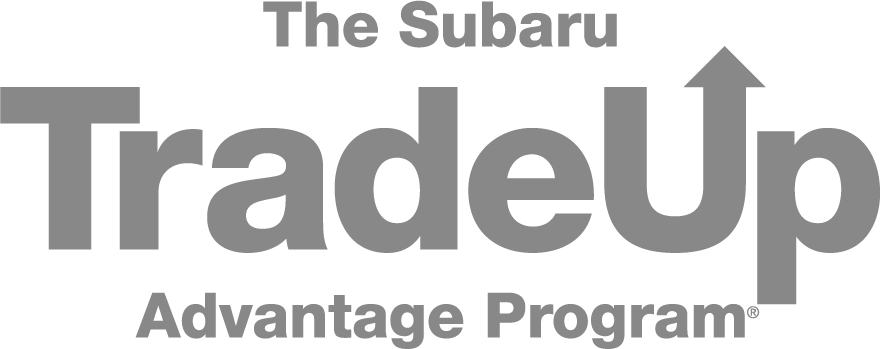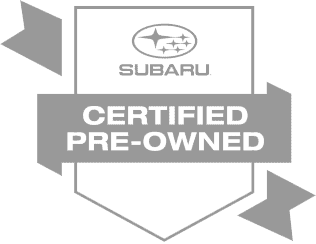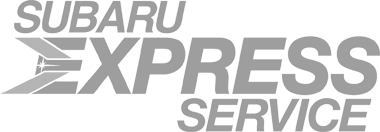There are a number of factors in choosing whether Buying or Leasing a new vehicle is best for you. If you need more information, feel free to come down to the dealership and talk to us directly about what suits you and your family, or contact us today. Otherwise, take a quick look through the Buying vs. Leasing Topics below:
Leasing
Your monthly payment is usually lower when you lease a new Subaru. This is because you only pay for the Subaru's depreciation, which is its measured market value over time, and not the full purchase price of the vehicle. However, there are additional costs associated with leasing including: rental charges, sales tax, use tax, and other related fees.
Buying
Monthly payments are often higher when you buy/finance a new Subaru because you are paying for the entire purchase price of the vehicle. This includes the state taxes, fees, etc. However, at the end of the day, you own your Subaru.
Leasing
There is no Federal law that requires a standard calculation and disclosure of a lease's rate.
Buying
Federal law does require a standard calculation for disclosing Annual Percentage Rates (APR) on a vehicle purchase.
Leasing
At the beginning of a lease you may pay cap cost reduction, government or lessor charges, insurance, first monthly payment, security deposit, any prior lease or credit balance.
Buying
At the beginning of a loan term you may pay the full vehicle price or a down payment. You will have to pay sales tax or other state taxes, government or lender charges, insurance, first monthly payment, a security deposit, prior vehicle loan balances, or a prior credit balance.
Leasing
Some lease requirements restrict you from moving out-of-state with the vehicle. If you are considering a future move, you should check the terms of your lease closely and speak with your dealer regarding questions. Additionally most leases have a maximum miles per year allotment for the vehicles with overage charges for additional miles driven.
Buying
When you finance a vehicle, you aren't usually restricted from moving around within the country, but any out of country moves with the vehicle may be restricted. There are no mileage restrictions or penalties with your own vehicle. You are free to drive the vehicle as you like.
Leasing
GAP insurance covers the difference between the actual cash value of a vehicle and the balance still owed through the financing. GAP coverage is usually included in lease agreements. If it is not, you can usually purchase it.
Buying
When you are done with your loan, you get to keep your Subaru! You'll have full ownership after your final payment. If you pay the full price in cash, you automatically own your Subaru!
Leasing
When your lease term is up, you can return your Subaru or "walk away" from your lease. The latter option does involve some end-of-lease costs. After the end of the lease, your next steps are up to you. You can lease another Subaru or buy.
Buying
When you are finished paying off your Subaru, you OWN it! The next step is up to you. You can sell your Subaru, look into the Subaru Guaranteed Trade-In Program or keep your Subaru for as long as you want!
Leasing
The total cost of leasing a vehicle is generally lower than financing. This is due to lease savings on depreciation and gap coverage. However; it is harder to build equity when you lease.
Buying
The total costs for financing a vehicle are generally more than leasing. However; at the end of the loan term you own your vehicle.
Leasing
When you lease a vehicle, you may have to pay for wear charges when you return the vehicle. Most leases also have specific maintenance requirements.
Buying
When you finance a vehicle to purchase it, you won't have to pay for wear and tear at the end of your loan term. However, if your vehicle has excessive wear it will lower the value of the vehicle and affect the trade-in or resale value.



